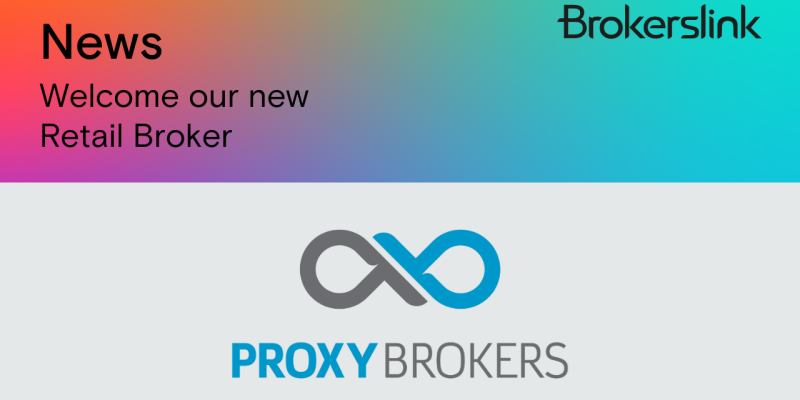How will AI platforms transform insurance?
by Jorge Vieira, Transformation Officer at MDS
Artificial intelligence (AI) and GPT chat are hot topics right now. Their impact is undeniable, and their easy acceptance is accelerating the transformation of various sectors, including the insurance industry. Before AI, insurers primarily used demographic information and claims history to evaluate a customer's risk. Now, with the advent of AI, insurers can use a variety of data from different sources to evaluate risk more accurately.
The Generative Pre-trained Transformer (GPT) is an AI language model that is pre-trained with large datasets and uses a special neural network called Transformer to learn how the words in a sentence relate to each other, allowing the model to generate understandable and consistent text. The GPT is trained to predict the next word in a text sequence and, from that training, can generate new and coherent text, applied to various natural language processing tasks, such as automatic translation, text generation, chatbots, and sentiment analysis, among others.
The applications of AI in the insurance industry are vast and have a significant impact. Here are five examples of how AI is currently used in the insurance industry:
1. Risk assessment: AI is used to assess the risks associated with a particular insurance policy. Claims history and other data can be used to determine the likelihood of a particular event occurring, helping insurers determine the premiums to charge.
2. Customer service: AI-based chatbots are used for customer service. Chatbots can answer frequently asked questions and solve common problems, improving the customer experience.
3. Fraud detection: AI is used to detect fraud in claims. AI can analyze large amounts of data and identify suspicious patterns that indicate the possibility of fraud.
4. Product personalization: AI is used to personalize products for individual customers. Customer data can be used to customize coverage and adjust premiums based on individual customer needs.
5. Data analysis: AI is used to analyze large amounts of data. Data can be used to identify trends and patterns, allowing insurers to adjust their policies to better meet customer needs.
The implementation of AI must be done with caution. The transformational journey to implement AI in companies can be difficult and demanding, but it is essential. The vision of how AI will be used must be clear, and the transition must be planned based on specific goals.
The AI journey can be divided into four phases: discovery, planning, implementation, and monitoring.
- In the discovery phase, it is necessary to identify the areas where AI can be used and what concrete advantages it will bring.
- In the planning phase, a plan must be created for the implementation of AI.
- In the implementation phase, AI begins to be used.
- In the monitoring phase, it is necessary to monitor the performance of AI, make adjustments when necessary, and think about its evolution.
It is essential that in these phases, the technological issue is demystified, explained, and communicated correctly. It is important to develop internal initiatives that promote intimacy and awareness, such as workshops, webinars, and training programs.
The insurance industry has shown the ability to adapt quickly to technological changes, but the incorporation of AI should be viewed more carefully. It is important to remember that AI is not infallible and can present problems. For example, AI can be biased if the data used in training is biased. In addition, AI can have difficulty understanding complex contexts and nuances of language, which can lead to misunderstandings and errors in text interpretation.





